
漢德百科全書 | 汉德百科全书
 Czech Republic
Czech Republic



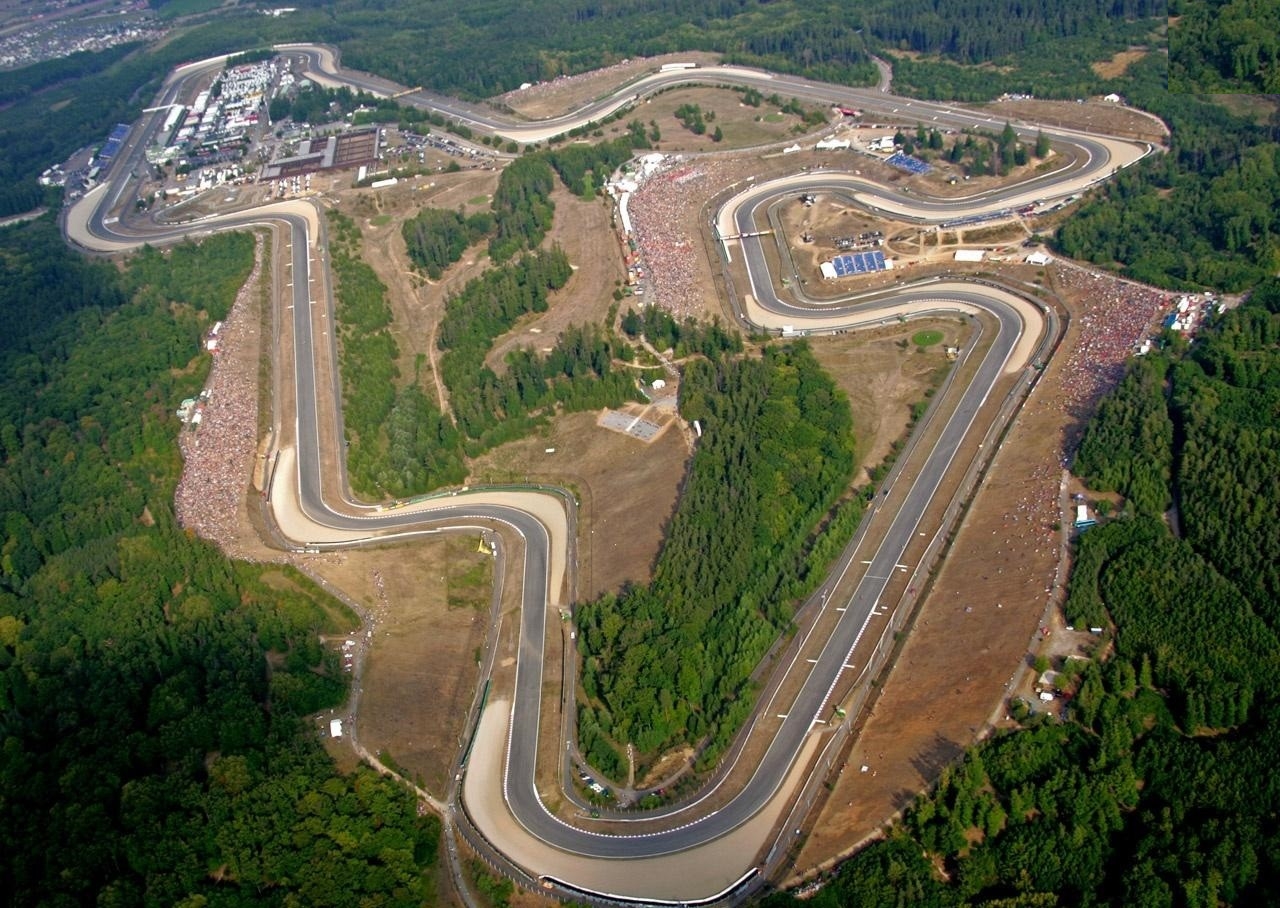



 Architecture
Architecture

 History
History

 International cities
International cities
 *European Capital of Culture
*European Capital of Culture

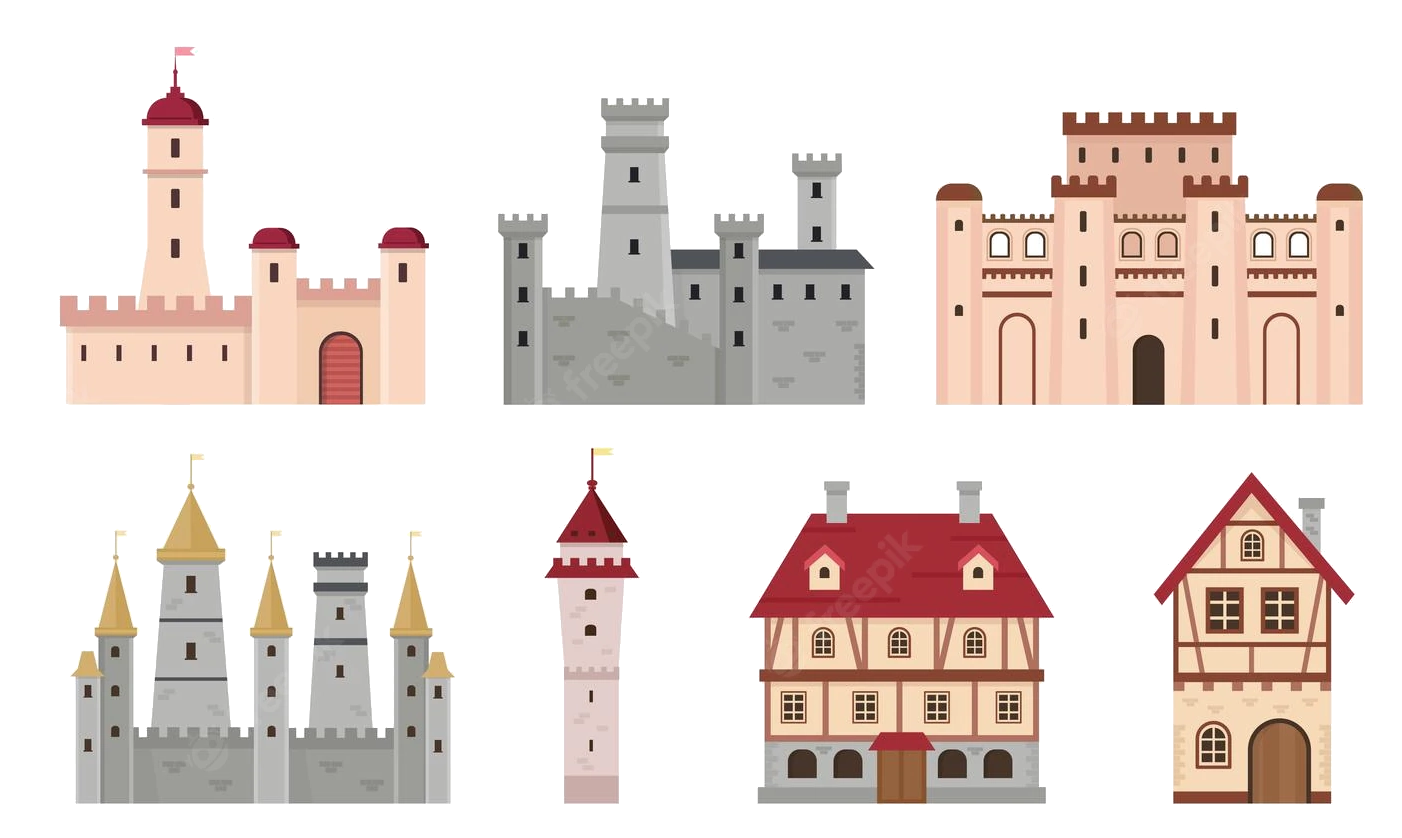 Medieval cities in Europe
Medieval cities in Europe
 Vltava
Vltava
 Silk road
Silk road
 Czech Republic
Czech Republic

 World Heritage
World Heritage



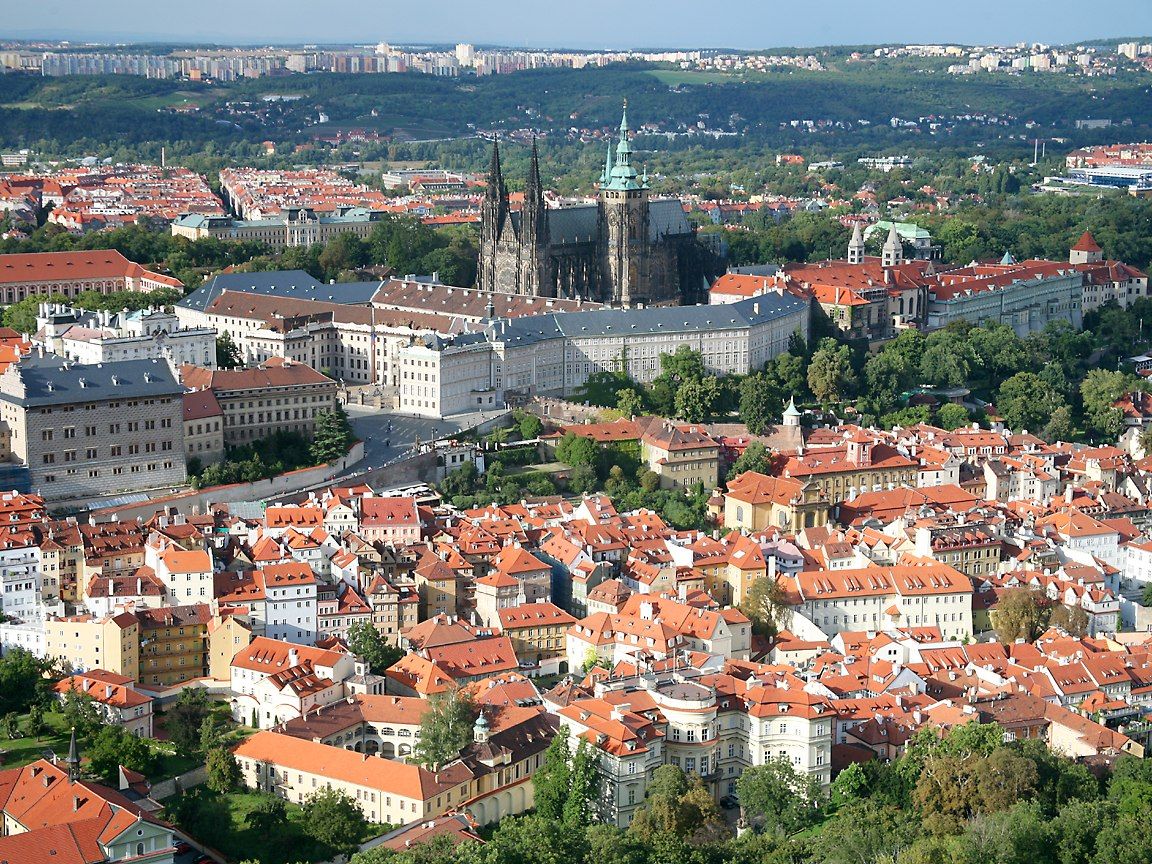
Prag (tschechisch Praha [ˈpraɦa];  Aussprache?/i) ist die Hauptstadt und zugleich bevölkerungsreichste Stadt der Tschechischen Republik. Mit über 1,2 Millionen Einwohnern belegt Prag den vierzehnten Rang der größten Städte der Europäischen Union. Die Hauptstadt Prag ist eine der 14 Regionen Tschechiens und eine der reichsten Regionen Europas[2].
Aussprache?/i) ist die Hauptstadt und zugleich bevölkerungsreichste Stadt der Tschechischen Republik. Mit über 1,2 Millionen Einwohnern belegt Prag den vierzehnten Rang der größten Städte der Europäischen Union. Die Hauptstadt Prag ist eine der 14 Regionen Tschechiens und eine der reichsten Regionen Europas[2].
Prag ist die historische Hauptstadt Böhmens und war eine bedeutende königliche und kaiserliche Residenzstadt im Heiligen Römischen Reich, besonders unter den Přemysliden, Luxemburgern und Habsburgern. Um 1230 wurde die seit der Frühgeschichte bewohnte Siedlung zu einer königlichen Stadt erhoben und im 14. Jahrhundert als Residenzstadt Karls IV. zu einem politisch-kulturellen Zentrum in Europa. Mit der Karls-Universität wurde in Prag 1348 die erste Universität in Mitteleuropa gegründet. Auch das Konservatorium und die Technische Universität gehören zu den ältesten ihrer Art in Europa. Über Jahrhunderte hinweg war Prag eine Stadt, in der sich tschechische, deutsche und jüdische Kultur begegneten.
Das historische Zentrum Prags ist von der UNESCO als eine der 12 Welterbestätten Tschechiens anerkannt. Die „Goldene Stadt“ zeigt heute ein geschlossenes, von Gotik und Barock geprägtes Stadtbild. Sehenswürdigkeiten wie die Prager Burg, die Karlsbrücke, die mittelalterliche Rathausuhr, der jüdische Friedhof oder die älteste aktive Synagoge der Welt machen die Stadt zu einem beliebten touristischen Ziel. Mit mehr als fünf Millionen ausländischen Touristen im Jahr zählt Prag zu den zehn meistbesuchten Städten Europas.
布拉格(Prague),位于捷克国境西部,座落在拉贝河支流伏尔塔瓦河两岸,人口121万,是一座美丽而古老的山城。伏尔塔瓦河像一条绿色的玉带,将城 市分为两部分,沿河两岸陡立的山壁,渐渐消失在远方起伏的原野里。横跨在河上的10几座古老的和现代化的大桥,雄伟壮观,将城市两部分协调巧妙地联为一 体。耸立在市区的伯特日娜山,乔木葱郁,风景秀丽,是一处环境幽雅的休息之地。
布拉格市区那些带有尖塔或圆顶的塔式古老建筑物,无论是罗马式、哥德式、巴罗克式,还是文艺复兴式,都完好地保存着,其中以哥德式或巴罗克式数量最多、最 为著名,它们大多是教堂。高高低低的塔尖,毗连成一片塔林,因而布拉格有“百塔之城”之称。在阳光照耀下,“百塔”显得金碧辉煌,因而又被称为“金色的布拉格”。(Quelle:http://www.ghl.com.cn)
布拉格(捷克语:Praha,德语:Prag)是捷克首都和最大城市、欧盟第十四大城市,[2]和历史上波西米亚的首都,位于该国的中波希米亚州、伏尔塔瓦河流域。该市地处欧洲大陆的中心,在交通上一向拥有重要地位,与周边国家的联系也相当密切(特别是在地理上恰好介于柏林与维也纳这2个德语国家的首都中间)。布拉格是一座欧洲历史名城。城堡始建于公元9世纪。1345—1378年,在查理四世统治时期,布拉格成为神圣罗马帝国兼波希米亚王国的首都,而达到鼎盛时期,并兴建了中欧、北欧和东欧第一所大学——查理大学。15世纪和17世纪,在布拉格先后由于宗教原因发生2次将人扔出窗外的事件,分别引发了胡斯战争和影响深远的欧洲三十年战争(1618年-1648年)。工业革命以后到第二次世界大战以前,布拉格属于欧洲工业较发达的城市之一,在奥匈帝国拥有举足轻重的地位。当时布拉格也曾是一个多民族混居的城市,多元文化是其显著特色,不过经过两次世界大战之后,布拉格已经基本上成为单一捷克民族的城市。布拉格是一座著名的旅游城市,市内拥有为数众多的各个历史时期、各种风格的建筑,从罗马式、哥特式建筑、文艺复兴、巴洛克、洛可可、新古典主义、新艺术运动风格到立体派和超现代主义,其中特别以巴洛克风格和哥特式建筑更占优势。布拉格建筑给人整体上的观感是建筑顶部变化特别丰富,并且色彩极为绚丽夺目(红瓦黄墙),因而拥有“千塔之城”、“金色城市”等美称,号称欧洲最美丽的城市之一。1992年,布拉格历史中心列入联合国教科文组织的世界文化遗产名单,每年,有4.4万旅客慕名而来,是欧洲第六受欢迎来旅游的城市[3][4][5]2013年,布拉格入选世界首座“世界文化遗产”城市。 布拉格也是欧洲的文化重镇之一,历史上曾有音乐、文学等诸多领域众多杰出人物,如作曲家沃尔夫冈·莫扎特、贝多伊奇·斯美塔那、安东尼·德沃夏克,作家弗兰兹·卡夫卡、瓦茨拉夫·哈维尔、米兰·昆德拉等人在该城进行创作活动,今天该市仍保持了浓郁的文化气氛,拥有众多的歌剧院、音乐厅、博物馆、美术馆、图书馆、电影院等文化机构,以及层出不穷的年度文化活动。
Prague (/prɑːɡ/; Czech: Praha [ˈpraɦa] ( listen), German: Prag) is the capital and largest city in the Czech Republic, the 14th largest city in the European Union[9] and the historical capital of Bohemia. Situated in the north-west of the country on the Vltava river, the city is home to about 1.3 million people, while its larger urban zone is estimated to have a population of 2.6 million.[10] The city has a temperate climate, with warm summers and chilly winters.
listen), German: Prag) is the capital and largest city in the Czech Republic, the 14th largest city in the European Union[9] and the historical capital of Bohemia. Situated in the north-west of the country on the Vltava river, the city is home to about 1.3 million people, while its larger urban zone is estimated to have a population of 2.6 million.[10] The city has a temperate climate, with warm summers and chilly winters.
Prague has been a political, cultural and economic centre of central Europe complete with a rich history. Founded during the Romanesque and flourishing by the Gothic, Renaissance and Baroque eras, Prague was the capital of the kingdom of Bohemia and the main residence of several Holy Roman Emperors, most notably of Charles IV (r. 1346–1378).[11] It was an important city to the Habsburg Monarchy and its Austro-Hungarian Empire. The city played major roles in the Bohemian and Protestant Reformation, the Thirty Years' War and in 20th-century history as the capital of Czechoslovakia, during both World Wars and the post-war Communist era.[12]
Prague is home to a number of famous cultural attractions, many of which survived the violence and destruction of 20th-century Europe. Main attractions include the Prague Castle, the Charles Bridge, Old Town Square with the Prague astronomical clock, the Jewish Quarter, Petřín hill and Vyšehrad. Since 1992, the extensive historic centre of Prague has been included in the UNESCO list of World Heritage Sites.
The city has more than ten major museums, along with numerous theatres, galleries, cinemas and other historical exhibits. An extensive modern public transportation system connects the city. Also, it is home to a wide range of public and private schools, including Charles University in Prague, the oldest university in Central Europe.[13]
Prague is classified as a "Beta+" global city according to GaWC studies[14] and ranked sixth in the Tripadvisor world list of best destinations in 2016.[15] Its rich history makes it a popular tourist destination and as of 2014, the city receives more than 6.4 million international visitors annually. Prague is the fifth most visited European city after London, Paris, Istanbul and Rome.[16]
Prague (prononcé [pʁag] ; en tchèque Praha [ˈpra.ɦa]) est la capitale et la plus grande ville de la République tchèque. Elle est à la fois l’une des quatorze régions du pays, le chef-lieu de la région administrative de Bohême-Centrale2,3 et la capitale de la région historique de Bohême. Elle est traversée par la Vltava (Moldau en allemand) et compte 1 280 508 habitants en 20164.
Prague est située en plein cœur de l'Europe centrale. Elle fut par le passé capitale du royaume de Bohême, du Saint-Empire romain germanique et de la Tchécoslovaquie (ČSR, ČSSR et enfin ČSFR). La ville aux mille tours et mille clochers (qui est encore la caractéristique architecturale de la ville) a miraculeusement échappé aux destructions de la Seconde Guerre mondiale et offre une architecture mêlant les styles préroman, roman, gothique, baroque, rococo, Art nouveau et cubiste. En 1968, le Printemps de Prague et l'écrasement du « socialisme à visage humain » par les troupes de l'URSS et du Pacte de Varsovie ont profondément marqué les Praguois et inspiré la culture des années 1960-1980. Depuis 1992, le centre ville historique est inscrit sur la liste du patrimoine mondial par l'UNESCO.
Prague est la sixième région urbaine la plus riche de l'Union européenne en termes de PIB par habitant PPA5, derrière la région urbaine de Hambourg mais devant l'Île-de-France6, la progression est continue ces dernières années. En 2015, selon Eurostat, le chômage était de 2,8 % dans la région de Prague7. Le contexte économique national est également plutôt favorable car la République tchèque est, avec les Pays-Bas, le pays où le taux de pauvreté est le plus bas d'Europe : il s'établit à 10 % de la population8, contre 16 % de moyenne pour l'Union européenne. Prague fait partie des villes mondiales Alpha - (villes globales) d'après le classement GaWC9 de l'université de Loughborough.
Praga (en checo, Praha  [ˈpraɦa] (?·i)) es la capital de la República Checa, tal y como recoge la Constitución del país.1 Antes fue capital del Reino de Bohemia y de Checoslovaquia. También es la capital de la región de Bohemia.
[ˈpraɦa] (?·i)) es la capital de la República Checa, tal y como recoge la Constitución del país.1 Antes fue capital del Reino de Bohemia y de Checoslovaquia. También es la capital de la región de Bohemia.
Situada a orillas del río Moldava, tiene aproximadamente 1,2 millones de habitantes, lo que la convierte en la ciudad más poblada del país y la séptima de Europa Central. El área metropolitana de Praga cuenta con una población de 1,9 millones de habitantes.2
Desde 1992 el casco histórico de la ciudad es Patrimonio de la Humanidad.34 Su belleza y patrimonio histórico la convierten en una de las veinte ciudades más visitadas del mundo.5
Praga se ha desarrollado desde el siglo IX, convirtiéndose en una de las capitales más importantes de Europa en los siglos XVIII y XIX. Sin embargo, en el siglo XX sufrió las dos guerras mundiales y, principalmente, la dictadura nazi. Tras la segunda guerra, quedó dentro de la esfera de influencia soviética. Tras la Revolución de terciopelo y la caída del Muro de Berlín la ciudad se ha ido adaptando a la economía de mercado.
Пра́га (чеш. Praha [ˈpraɦa]) — статутный город и столица Чешской Республики, административный центр Среднечешского края и двух его районов: Прага-Восток и Прага-Запад. Образует самостоятельную административно-территориальную единицу страны.
Население: 1,3 млн человек (2018 год). Четырнадцатый по величине город в Евросоюзе. Расположена на берегах реки Влтавы в сорока километрах от её впадения в Лабу.
Главный политический, экономический и культурный центр Чехии. Крупный туристический центр Европы. Количество туристов в 2012 году превысило 5,4 млн человек[3].
С X века столица Чешского государства; в 1526—1918 годы главный город Богемии под властью Габсбургов; с 1918 по 1992 год столица Чехословакии; с 1993 года — Чешской Республики. Исторический центр внесён в список Всемирного наследия ЮНЕСКО.
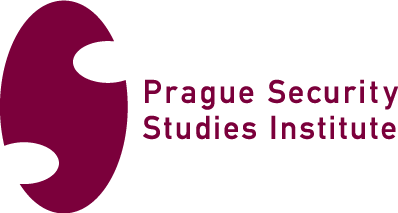

 Coimbra Group
Coimbra Group

 Colleges and Universities in Europe
Colleges and Universities in Europe
 Europaeum
Europaeum
 Nobel prize
Nobel prize
 Nobel Prize in Chemistry
Nobel Prize in Chemistry
 Nobel prize
Nobel prize
 Nobel Prize in Physics
Nobel Prize in Physics
 Nobel prize
Nobel prize
 Nobel Prize in Physiology or Medicine
Nobel Prize in Physiology or Medicine
 Nobel prize
Nobel prize
 University/Institute
University/Institute
 Czech Republic
Czech Republic





 Automobile
Automobile
 Exhibition
Exhibition
 Music
Music
 CESAER
CESAER
 Motorsport
Motorsport
 Sport
Sport
 Religion
Religion
 Party and government
Party and government
 European Union
European Union

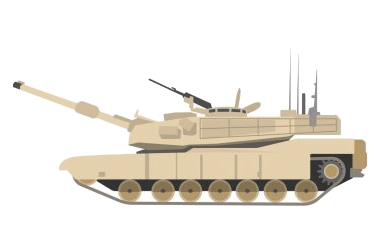

 Military, defense and equipment
Military, defense and equipment
 Mitglieder der NATO
Mitglieder der NATO
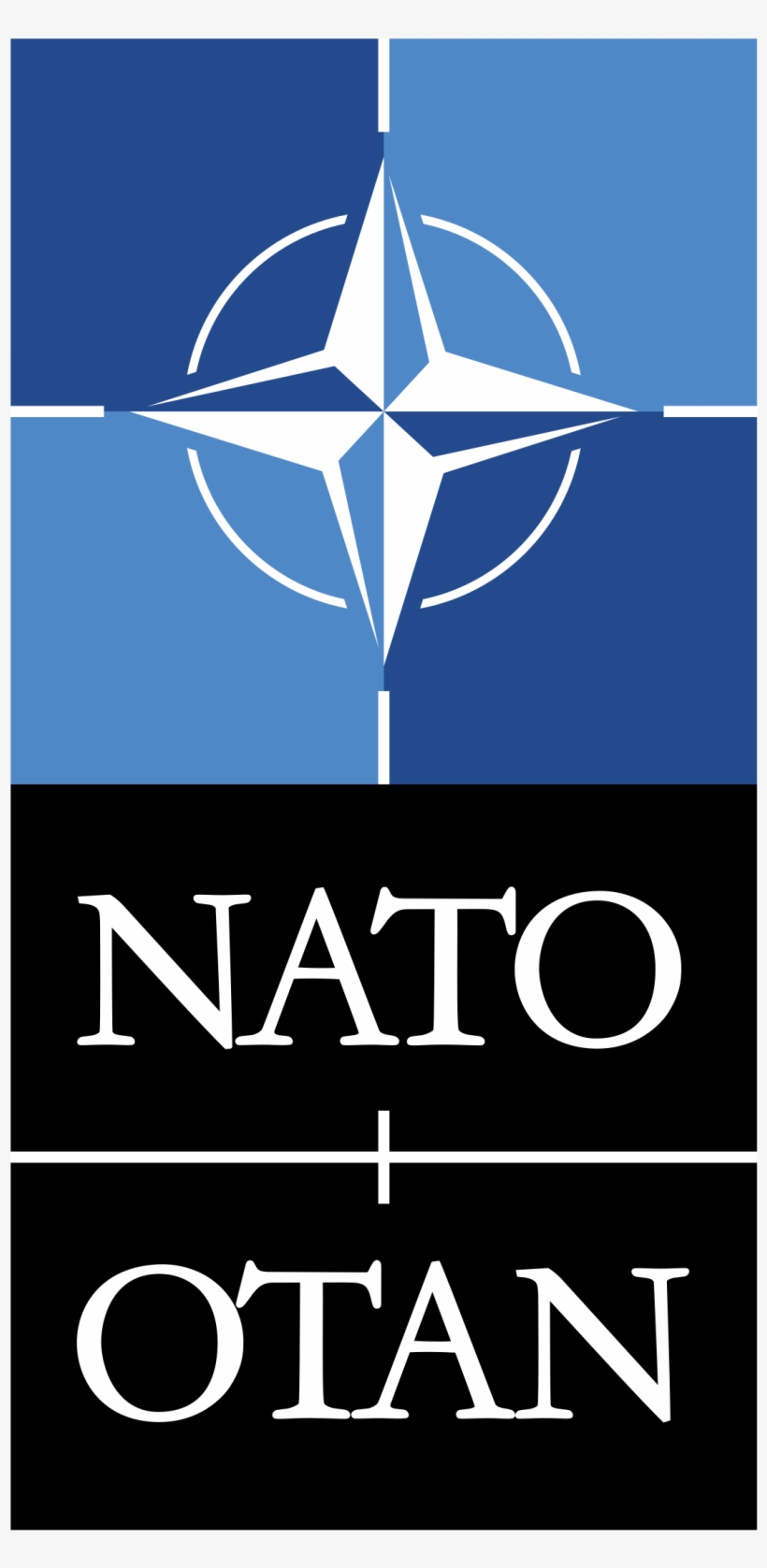 NATO summit
NATO summit